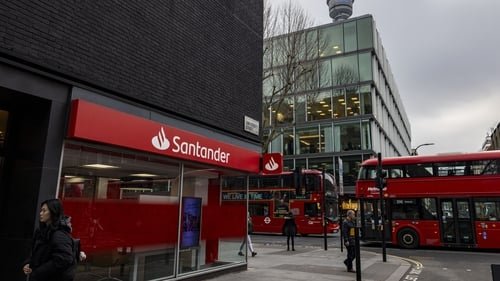Santander UK Withholds Q3 Results and Criticises £11 Billion Motor Finance Redress Plan
Bank delays earnings release as it warns that the proposed consumer compensation scheme could endanger credit supply and jobs in Britain
The UK arm of Santander UK has announced that it will not publish its third-quarter results while it awaits clarity on the Financial Conduct Authority’s proposed redress scheme for the motor-finance sector, in which the regulator estimates potential industry costs of around £11 billion.
Santander UK emphasised that, despite the ongoing uncertainty, it does not expect a materially adverse impact on its capital or liquidity from any upward adjustment of its existing provision of £295 million.
However, the lender seized the moment to issue a critique of the scheme, warning that unless changes are made, the compensation regime could undermine credit availability, jobs, growth and the broader British automotive supply chain.
The bank pointed to the “level of concern in the industry and market” and called for “material changes” to the FCA’s proposals.
The redress package targets consumers who were sold vehicle finance under dealer agreements containing undisclosed commissions, and follows a landmark Supreme Court ruling.
Santander’s UK chief executive warned that unintended consequences for the car-finance market might result if the scheme proceeds in its current form.
While the UK unit of the Spanish parent proceeded with group results, the decision to delay its UK subsidiary’s reporting was read as a signal of elevated risk perception.
Other banks—including Lloyds Banking Group—have already booked large additional provisions in response to the same potential liability.
The UK government and regulator now face a balancing act: delivering redress to consumers while retaining the resilience and competitiveness of the banking sector.
Santander UK’s stance places pressure on regulators and policymakers to refine the scope, methodology and timing of the compensation scheme before firms are required to lock in financial impacts.
Investors and industry observers will closely monitor the bank’s updated guidance when it publishes further detail in its fourth-quarter update, expected in February 2026.
Santander UK emphasised that, despite the ongoing uncertainty, it does not expect a materially adverse impact on its capital or liquidity from any upward adjustment of its existing provision of £295 million.
However, the lender seized the moment to issue a critique of the scheme, warning that unless changes are made, the compensation regime could undermine credit availability, jobs, growth and the broader British automotive supply chain.
The bank pointed to the “level of concern in the industry and market” and called for “material changes” to the FCA’s proposals.
The redress package targets consumers who were sold vehicle finance under dealer agreements containing undisclosed commissions, and follows a landmark Supreme Court ruling.
Santander’s UK chief executive warned that unintended consequences for the car-finance market might result if the scheme proceeds in its current form.
While the UK unit of the Spanish parent proceeded with group results, the decision to delay its UK subsidiary’s reporting was read as a signal of elevated risk perception.
Other banks—including Lloyds Banking Group—have already booked large additional provisions in response to the same potential liability.
The UK government and regulator now face a balancing act: delivering redress to consumers while retaining the resilience and competitiveness of the banking sector.
Santander UK’s stance places pressure on regulators and policymakers to refine the scope, methodology and timing of the compensation scheme before firms are required to lock in financial impacts.
Investors and industry observers will closely monitor the bank’s updated guidance when it publishes further detail in its fourth-quarter update, expected in February 2026.











